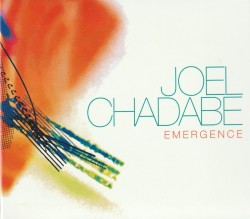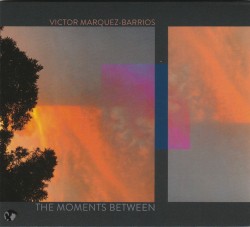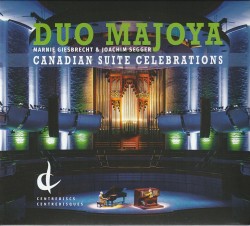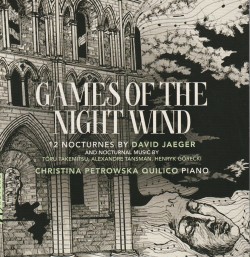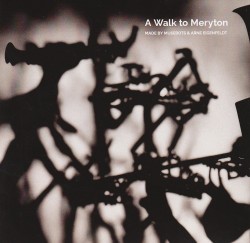Decoda - Decoda
 Decoda
Decoda
Decoda
Bright Shiny Things BSTC-0203 (brightshiny.ninja/decoda)
There isn’t space here to recount every good thing about this disc, so let me start with the playing. Decoda is a septet of winds, strings and piano who reach beyond their instrumentation, aided of course by the material they choose. Valerie Coleman supplies the opening tracks. Commissioned and premiered by the group in 2018, and recorded for the first time here, Revelry isn’t exactly Pop, but it pops with exuberance and vigour. Mysterio is about the fun to be had in gathering together, but the second movement, War, evokes the darker side of collective action. At just over ten minutes, it doesn’t wear out the listener. You want the first to go on, but you need the second to stop. The playing is excellent.
Arrangements by group members of William Bolcom’s Three Rags become almost quaintly American, not quite parody and somewhat an homage. The arrangements leave out the piano, so they sound like a travelling band ready to hit the pubs. Having just escaped to Ireland recently, I highly recommend the group consider this. I found the latter two, Graceful Ghost and Poltergeist, more effective and less cliché than Incineratorag. Gotta love the titles though.
The duo of Catherine Gregory (flute) and Sæunn Thorsteinsdóttir (cello) cover the most territory, and deserve the most praise, in Folksongs (Set No.9) by Reza Vali. Vali mines his Persian heritage for extant and invented material, and the duo ramble through the roughly twenty-minute collection with elegance and verve. This set alone is more than enough reason to grab this disc, but the material on either side shows off Decoda’s full range and chops.


